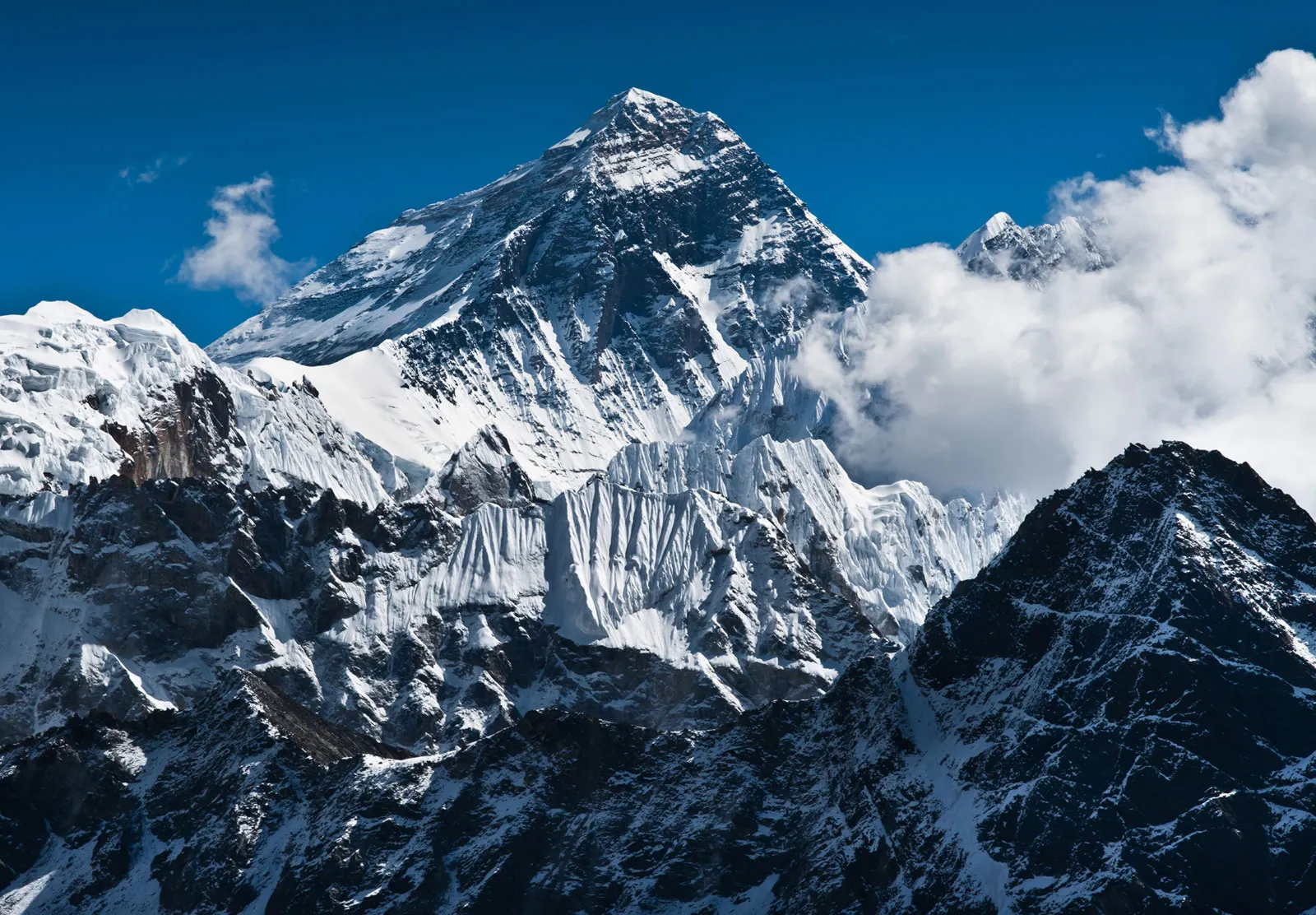Boudhanath Stupa
- By Malika Karki
- June 23, 2022
Table of Contents
ToggleAbout Boudhanath Stupa
Boudhanath Stupa is located 11 km far from the center and northeastern edges of Kathmandu also called Boudha in Nepal . It is one of the largest spherical stupas in Nepal and the World. Boudha is also known as “Khasti Chaitya” and “Khasa”. It is major affiliated to Hinduisms and Buddhism. It is known as Buddha temple in Nepal. It is located in province no 3 in Bagmati Region. Boudha stupa was engraved in UNESCO World Heritage Site along with Changu Narayan and Swayambhunath.
History Of Boudhanath Stupa
Boudhanath is a Buddhist temple and the oldest Buddhist temple in Kathmandu Valley. It is pronunced as “bouddha” or “bauddha” by Newar of Kathmandu. It is believed to have existed in the 6th century, and was again expanded and reconstructed in the 14th century. It was built by the late king of Nepalese Licchavi king. The stupa was constructed by mother “Jijima” who used to look after chickens. She used to stay with her four children. She used to look after the chickens, so she was called “Jijima”. Her first son’s name was “khijebu” who used to look after the dogs. Her second son’s name was “Tajebu” who used to look after the horses. Furthermore, her last son’s name was “Fajebu” who used to look after the pigs. They were from a poor family. Mother Jijima always wanted to build a big stupa. So, she went to ask for land to construct it to Licchivi king “king Bikram Aditya”. She asked for the land that only occupied ox skin. King gave the land for the construction. So due to this, the stupa is also called “jarung kashor”. Jarung means “it will happen” and kashor means “slip of tongue”.she changed the ox skin into a rope and covered the land where the recent stupa exists. Ama Jijima and four sons started constructing the stupa. Ama Jijima passed away after she completed “Gumbaz”, the dome-like structure. The four sons then completed the stupa. After the completeness of the stupa Buddha and Bodhisattva started involving. The Buddhas and Bodhisattva wanted to fulfill the wish of four brothers. The elder brother made a wish, “To become a dharma king to promote Buddhism”. The next brother made a wish, “to help his brother to spread the dharma”. The next brother made a wish, “To be a monk to pass on the ancestry of ordination in Tibet”. The youngest son asked to become a powerful yogi when there are hurdles to spread the dharma in the world. In the next life, the oldest brother became the dharma king “Songster Gampo” in Tibet. The second brother became the minister “Padma Gungtsen” in Tibet. The third brother became a monk, “Shantarakshita”, and the fourth brother became “padmasambhava”.
Architecture of Boudhanath Stupa
The temple was built in semicircle shape and contains the artifacts and remains of Buddha. It is a big mandala, making it one of the largest spherical stupa in the world. Stupa means dome shaped architecture, which is also called chorten in Tibetan. It was built using many kilograms of gold for decoration. It is also believed that it is a gateway to heaven, serving as a horizon between the earth and the sky. The base of the stupa has three layers : The bases symbolize the sky whereas, the middle circular vase supporting the semi sphere symbolizes water. The eyes of Buddha were painted on stupa that symbolize peace, inscrutable, inexpressive, and canny.
Buddha eyes in Stupa
The Boudhanath stupa has stood as a blaze of Buddhist belief. It looks like a watchtower over the surrounding town as a huge mandala of peace and beauty, and also an immense eye. The Buddha eyes are also called wisdom eyes, and these eyes symbolize that the Buddha eyes can look out in all the four directions and represent all seeing. The eyes have become a symbol of Nepal itself.
Importance of Boudhanath Stupa
Boudhanath stupa is the most important pilgrimage place for Buddhist people. Pilgrims make a daily circumnavigation for-ritual. When we reach Boudha, the eyes of Buddha gaze from the central gilded tower. Pilgrims walk around the stupa chanting mantras, around the stupa repeating quietly or loudly. Buddha is said to entomb remains of cassava Buddha. People walk in a clockwise direction and spin the prayer wheels clockwise. Visitors walk three or more than three times, one lap is 150 meters. It signifies peace and tranquility. Many travelers, despite its shattered nature, visit the heritage site. There are many shops around the Boudhanath stupa which sell things related to Buddhism.
Festivals Celebrated in Boudhanath Stupa
There are many festivals that Nepali people celebrate throughout the year. Buddha Jayanti, wesak, losar, lumbini festivals, kathina, parinirvanaya Buddhist new year :for three days after the full moon of April. Buddhist celebrate the new year throughout the world aswell. Sherpa,Grungs,Tamangs,Lama,Magar people celebrate festivals.
